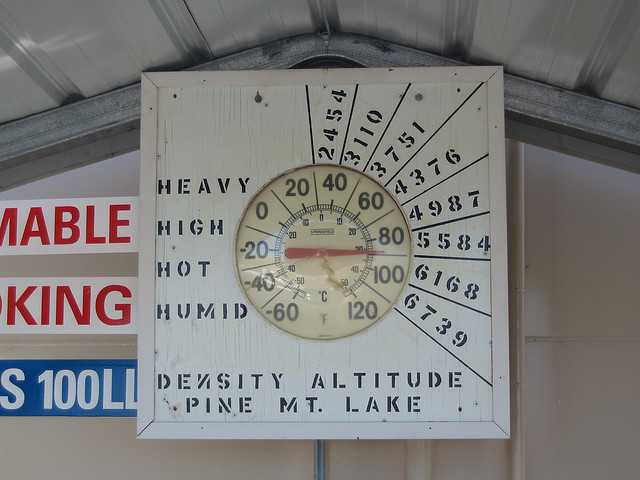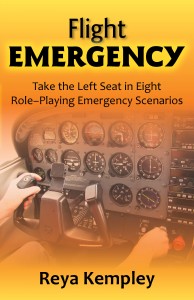Ever had a rough running engine? Ever made a incorrect calculation of the density altitude? Ever made a wrong decision based on interpretations of the weather forecast? What kind of reasoning and decision-making lead to a happy ending? Or is the ending not so happy? This clever book by Reya Kempley is about our “awareness” regarding flight safety. Are we always safety-aware, or sometimes not?
The book contains 8 scenarios you read your own way. The scenarios incorporate decision trees; for example, in a given situation if you choose for option A you will be  directed to, say, page 16; and if you choose for option B, you will be directed to page 20. We all know that such decision trees are processed into many software programs. We often use decision trees unconsciously. In fact, there are many algorithms that we often use. An algorithm is a finite set of instructions that lead from a given initial state to the corresponding goal. In a sense, you as the reader of this book also use algorithms, but instead deliberately and with the knowledge that certain decisions do not lead to a happy ending. When you first start reading the book, it takes a moment or so to get used to its forwards / backwards structure but you will soon become a dab hand at it and find it amusing.
directed to, say, page 16; and if you choose for option B, you will be directed to page 20. We all know that such decision trees are processed into many software programs. We often use decision trees unconsciously. In fact, there are many algorithms that we often use. An algorithm is a finite set of instructions that lead from a given initial state to the corresponding goal. In a sense, you as the reader of this book also use algorithms, but instead deliberately and with the knowledge that certain decisions do not lead to a happy ending. When you first start reading the book, it takes a moment or so to get used to its forwards / backwards structure but you will soon become a dab hand at it and find it amusing.
Personally, I have not encountered such a book before. Of course we all know that we should do checks if we suddenly find ourselves flying 1000ft lower than planned, but just what do you do at that moment and could you have avoided this sticky situation in the first place? And what’s your next decision? And then? Why is it that some decisions lead you to a good solution and others to a not-so-good solution? And how do you get from a not-so-good solution to a good solution? Well, this book allows you to explore all these alleys as safely as learning to fly in a flight simulator. You experience the not-too-complex but useful scenarios in different ways, depending on the complexity of a scenario and the choices you make.
The scenarios relate to issues such as high density altitude in relation to length of runway and climbing ability; the influence of ice in the carburetor on engine power; misapplied weight and balance principles; malfunctioning of suction pump; influence of weather on mountain flying; frozen rain; engine problems; influence of wind on landing and in all scenarios. However this book is not just about logical steps through a technological minefield, it also, most importantly, takes into consideration the psychological factors which affect choices.
Reya Kempley -young as she is- has produced an entertaining and airy book. It is not at all expensive at all and contains an original concept. Primarily the book seems written for the American reader; pressure and temperature are referred to in inches and Fahrenheit. This is not a problem in itself, but it would have made this book more universal if these details had been given in several units. You really fly through this book. I found myself becoming so absorbed in the book that I just wanted to read more and more cases. If you fly Cessna airplanes it is even more fun to read, because Reya Kempley writes from a Cessna 172 perspective. Basically, it is just a must for every general aviation pilot. Oh, and you might find it useful to have two bookmarks to hand!











Very good, I really enjoyed the challenge